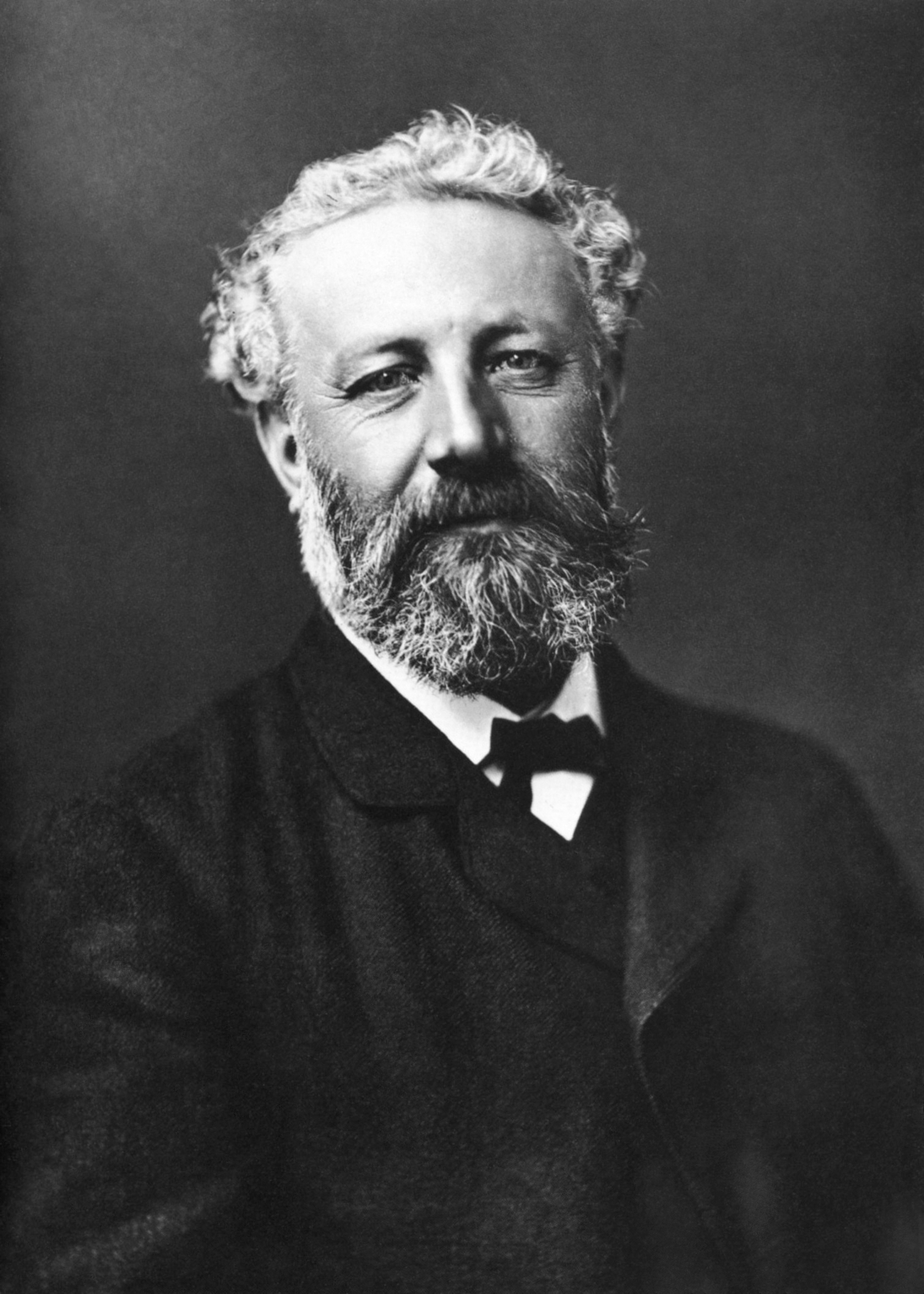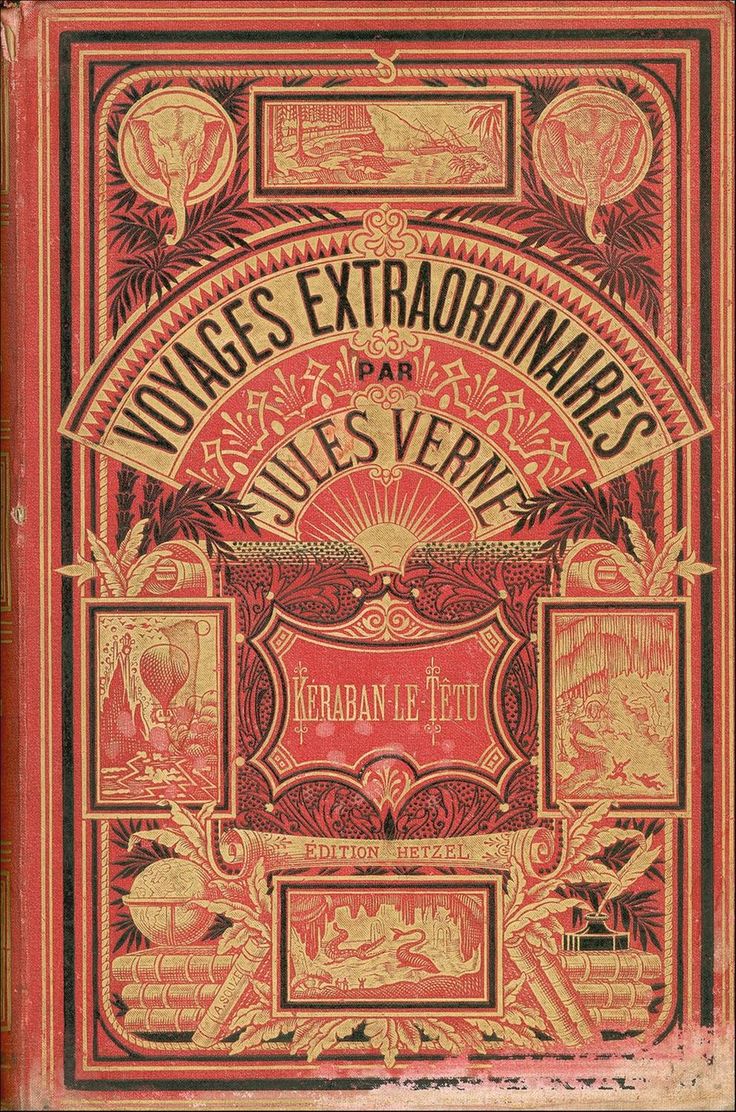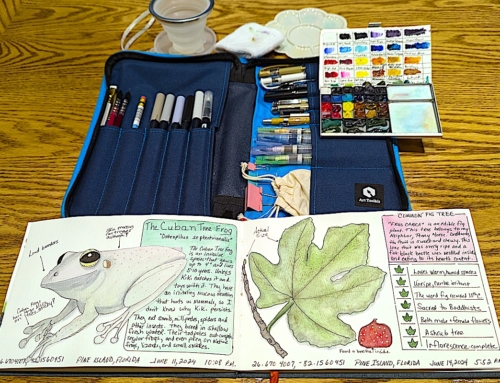The Man Who Invented the Future:
Jules Verne’s Legacy

Jules Verne
It’s been 120 years since the world mourned the passing of Jules Verne, “the man who invented the future.” He died on March 24, 1905, in Amiens, France.
I’ve been thinking about Verne lately and have decided to explore his genre. I’m outlining a new book in the YA Steampunk genre that should be great fun to write. Sometimes, I need the challenge of historical research to build excitement for a new work, and as one of my favorite authors, who better to emulate and pay homage to than Jules Verne, the “Man Who Invented the Future?”
His fame spread far and wide, even to small mountain towns in Northcentral Pennsylvania. The Lock Haven Express newspaper alerted readers of Verne’s hopeless situation and impending death on March 22, 1905. The following week, March 29, 1905, the Express reported, “The funeral of Jules Verne, who died March 24, took place in the Church of St. Martin and was attended by representatives of the literary, scientific and geographical societies and many school children. The burial took place in the Madeleine Cemetery.”
His fans raised money for a monument, appealing to school boys throughout France to donate spare change. The American national newspaper “Grit” noted the erection of this monument to the “Greatest of Dreamers.”
Verne, the author of nearly 100 novels, lived at the height of the Industrial Revolution and was fascinated by his time’s combined machinery, geographic, and scientific discoveries. He would sit in the Paris library for hours daily, reading newspapers, scientific journals, and encyclopedias, taking copious notes. However, this was not his occupation—it began as a hobby.
As a college student in Paris, he studied law at his father’s request. When his father found out Verne was working part-time at the local opera house and writing librettos instead of attending classes, he withdrew his financial support. Verne could barely afford food, much less heat. The library offered a warm retreat.
He was inspired by and became a friend of Alexander Dumas, author of The Three Musketeers. He also became friends with Felix Nadar, an adventurous Frenchman who captivated Verne and the rest of the world when he constructed a hot-air balloon, the Gigant. Nadar, who planned his trip worldwide, invited Verne to join him. The young writer visited Nadar’s warehouse daily, watching as the crew built the super balloon capable of carrying a two-story cabin.
Verne, who had married Honorine de Viane, a young widow with two children, did not tell his wife about his plans. Instead, he secretly bought a telescope and dreamed about the balloon flight.

Voyages Extraordinaires by Jules Verne
In June 1862, the “Gigant” was scheduled to launch, and Verne helped Nadar pack the necessary instruments and baggage in the cabin. However, he did not join Nadar on the balloon flight — he was delayed at his office, where he worked as a stockbroker (a job he detested). Nadar’s flight was unsuccessful, and the overweight balloon ruptured from its tethers. The debonair, cigar-smoking Nadar took the accident in stride and began again.
Verne hid in his attic office, depressed and morose. Soon, he picked up a manuscript he had been writing about an African adventure and decided that if he couldn’t go on a real balloon adventure, he’d write about one. The manuscript became a logbook, written “aboard the cabin of a balloon” as it soared above Africa, looking down on the jungle near Lake Nyasa where David Livingstone had disappeared. He scribbled descriptions of waterfalls, jungles, volcanoes, and more in his library notes. He became the rich and adventurous “Dr. Ferguson” who, along with a clever and witty valet, flew the “Victoria” over the Dark Continent.
Verne sold the manuscript “Five Weeks in a Balloon” in 1863 to French publisher Jules Hetzel. He would write for Hetzel for more than 40 years and, despite his immense popularity, would honor an agreement with Hetzel to produce two novels a year for the rest of his life for $4,000 annually. Although his books were published by the millions and translated into all the languages of Europe, Japanese and Arabic, he nobly stuck to his agreement. When he died, he was 15 fifteen books ahead of his contract.
He quickly followed his first book with a second, “From the Earth to the Moon,” which featured a refined intellectual, Michael Ardan (an anagram of Nadar), who, along with three companions and a Newfoundland dog, would travel to the Moon. The spaceship employed retro rockets and was launched from a base in Florida.
His second book drew the attention of thousands of engineers, inventors, and technicians to a new field—space exploration. Amazingly, less than 100 years later, the Joint Long Range Proving Ground was established at Cape Canaveral in Florida. This remote and deserted area on the East Coast was ideally suited for launches, and on July 24, 1950, a two-stage rocket called Bumper No. 8 became the first of hundreds to be launched from “the Cape.”
According to biographer Marion Mills Miller, Verne, “by following natural and reasonable processes, anticipated nature with remarkable accuracy. His scientific imagination gave the world ‘Twenty Thousand Leagues under the Sea,’ a picture of a submarine boat long before the first plan of one had been drawn; he wrote about automobiles and airships when inventors were only dimly dreaming of them; and in ‘Tour of the World in Eighty Days’ he set a mark that the completion of the Siberian Railway has since rendered easy of attainment.”
In addition to enthusing explorers and inventors, he created a new literary genre: Science Fiction. Soon, other authors, most notably H.G. Wells, began writing similar books.
Despite television, video games, and the Internet, people still like to read. Today, we read popular fiction authors such as John Grisham and J.K. Rowling, Nora Roberts, and Tony Hillerman. There are about 35,000 authors in America whose books circulated in 2003, and Hillerman’s books were checked out of national library systems four times a day, every day, all year long. Competition exists even among the most prolific and wealthy. Grisham was once the best-selling author in the world and, during a visit to Williamsport in 2002, quipped that he would be the best-selling again after the publication of his next book, “Harry Potter Goes to Law School.”
However, it is impossible to understand Verne’s impact on the world if contemporary standards judge him. So many of our amazing technological and scientific discoveries and accomplishments can be directly attributed to his genius.
And, like many creative geniuses, he endured his share of tragedies. According to an April 4, 1905 Lock Haven Express article, Verne survived an 1886 murder attempt by his paranoid nephew, Gaston, who shot him in the left leg. Gaston, who claimed he shot Verne because he wanted his uncle to achieve “immortality” and acceptance by the French Academy, never recovered his sanity and was committed to an asylum. Verne, who mourned the loss of his beloved nephew, was disabled for the rest of his life. The wound never healed. He also became blind in his old age.
In conclusion, biographer Miller writes, “During the Paris Exposition of 1900 many American visitors traveled from Paris to Verne’s home in Amiens solely to see the man whose works had given them so much instruction combined with enjoyment. When one of them suggested that there should be a ‘Jules Verne Day’ at the Exposition the old author modestly and somewhat sadly shook his head and said, ‘Jules Verne has already had his day,’ a remark true of the physical man, but farthest from the fact when applied to his literary life. We are on the threshold of a wonderful era of scientific and social progress, and as the great prophet of this era it may be truly said of Jules Verne that his ‘day’ is just in the first flush of its dawn. “
What a life and what a legacy.
The Man Who Invented the Future: Jules Verne’s Legacy by Robin Van Auken is licensed under a Creative Commons Attribution-NoDerivs 3.0 Unported License.
Based on a work at http://www.robinvanauken.com.
Ready for a Challenge?
Have even more fun when you accept the 21-Day Writing Sprint Challenge. This process is one I use every semester with my college students, so I know it can kickstart your creativity and introduce structure to your writing schedule. When you join my Circle of Writers & Authors, you’ll receive FREE writing resources, and you’ll sign up for my newsletter. I will not sell your information, or spam you. I will send you updates about new articles and podcasts I’ve created, and projects I’m working on. You can unsubscribe at anytime. Read my Privacy Policy here.
Wholehearted Author is for you if you are …
- Starting out as a writer and could use some guidance
- Wanting to be inspired to create and publish your book
- Looking for like-minded, happy people and helpful mentors
- Hoping to turn your writing into a full-time, awesome career
- New to the concept of “permission marketing” but willing to try
CATCH THE WEST WIND
Add WEST WIND to your library!
If you love a good mystery, a romantic whodunit that will surprise you, then WEST WIND is a great addition to your ebook library.
West Wind is my third novel as an author of Contemporary Fiction, Suspense, Thriller, and Romance. It’s FREE too, when you join my exclusive Readers Group. Join today and download your free book, and as a special thank you, you’ll receive a SECOND FREE BOOK tomorrow! The giving goes on and on when you become my fan.
When you join my Readers Group, you’ll receive updates about new projects I’m working on. You can unsubscribe at anytime. Read my Privacy Policy here.

















